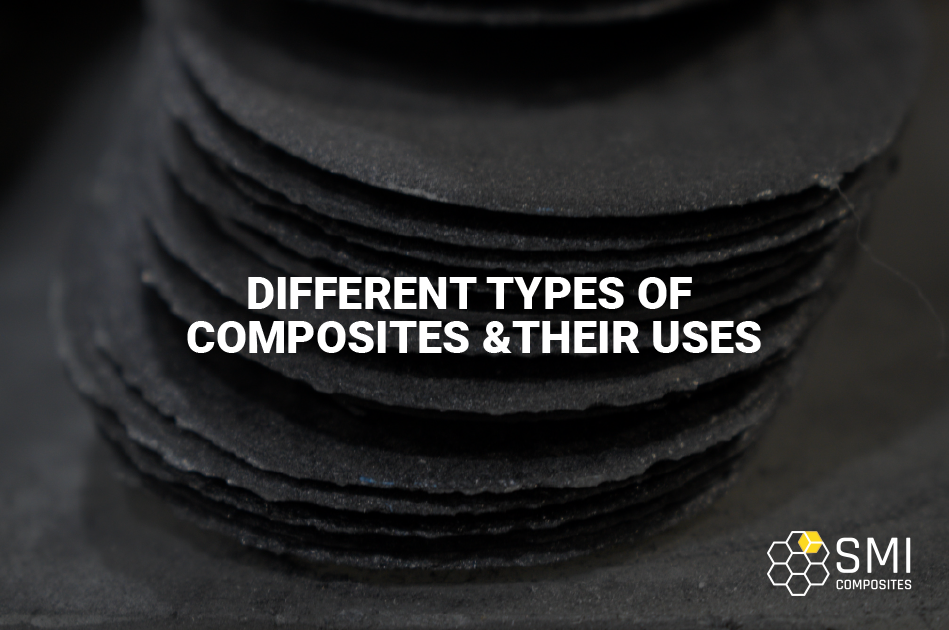
Researchers expect the global market size for composites to reach $112 billion by 2027 if it continues growing at a rate of 6.88%.
You form a composite when you combine two or more materials to make one. Individual components have different physical and chemical properties. We merge them to outdo the performance of the constituents.
Carbon fiber composites are popular in aerospace, medical and construction industries. Their flexibility and strength allow the material to integrate easily with other components.
Various types of composites arise from the different combinations. Composite molds fall under various classes based on their matrix constituents and forms. Stick around as we discuss the different types of carbon fiber composites.
Metal Matrix Composite
To make metal matrix composites, engineers bind carbon fibers with aluminum. They can also use iron metal, but it’s denser than aluminum. This makes iron composites less favorable for the aerospace industry.
Besides, aluminum has added advantages. It has a lower density which doesn’t affect its tensile nature. It is also resistant to corrosive agents.
Polymer Maxtrix Composite
Industrials bind carbon fibers with polymers to form a polymer matrix composite mold. These two components have high resistance to corrosion and abrasion.
Besides, their lightweight is an added advantage in the aerospace industry. We use them to transmit loads between the carbon fibers.
Particulate Reinforced Composites
They are carbon fiber composites that have a ceramic matrix. Composites with gravel in cement paste are particulate-reinforced composites.
These composite molds have scattered components. For instance, metallic pieces of gravel are dispersed in the mold.
Flake Composites
Flake composite mold has ordered particles as well. Yet, the particles are in thin flakes. You can find small metallic sheets or ceramic flakes in carbon fiber composites.
Thin flakes make a more compact matrix structure than random particles. They come in handy where the alignment of particles is a priority.
Fibrous Composites
Fibrous composites are popular for their regenerative strength. Instead of using a strand of fiber, it pays off to merge them in a matrix to form a fibrous composite.
In this case, if a strand breaks, the load is transmitted to the next fibers. This quality makes them desirable in industrial setups.
Besides, they have a low density which translates to less bulkiness. They also exhibit high tensile properties. Fiber-reinforced matrices also have high thermal-resistant qualities.
Laminated Composites
This matrix comes in layers—sequential layers of carbon fibers and polymers for this structure. Besides, the layers can be of fibrous composites.
Implying that the resulting structure would be the composite of a composite. It is this property that makes them extremely efficient. Thus, engineers use laminated composites in high-performance environments.
Different Types of Composites
Carbon fiber composites vary in matrix constituents and structure. Thus, composite material industries would demand different types of composites.
Engineers use ceramics, polymers, and metals to bind carbon fibers together. These composites exhibit properties of both the fiber and the
The above guide has outlined all you need to know about carbon fiber composites. For further inquiries, feel free to contact us.
